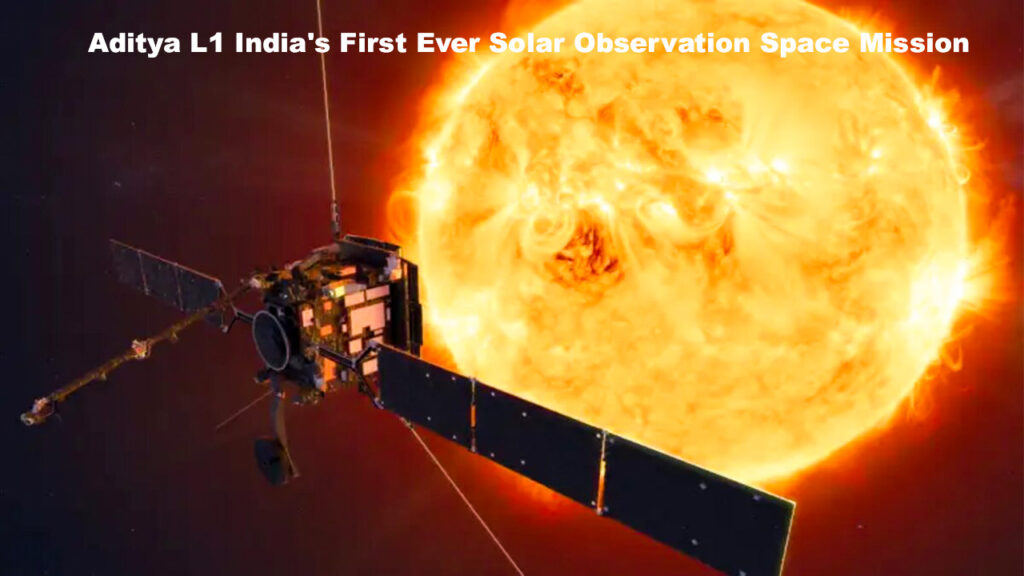Aditya L1, India’s First Ever Solar Observation Space Mission, Will Launch On September 2, Say ISRO:

The 23rd of August is historically significant as the day that Chandrayan-3 successfully landed on the moon. The successful landing on the moon was unquestionably a momentous occasion for both the Indian Space Research Organization (ISRO) and all of India as a whole. India is now the fourth nation to accomplish this feat. The accomplishment of the mission was met with widespread joy across the nation. ISRO is on track to achieve another significant milestone for the nation, and the big day is only a few days away at this point.
The Indian Research Organization (ISRO) is responsible for the upcoming launch of the Aditya L1 mission, which will be India’s first solar observation space mission. This will be the first Indian mission based in space to conduct research on the sun. It is scheduled to be launched by ISRO on September 2, 2023, and its expected lifetime is going to be longer than 5 years. A trip that is 1.5 million kilometers away from Earth will take 109 days to complete.
The Indian Space Research Organization (ISRO) has officially stated the following objectives for the Aditya L1 mission:
Research into the motions of the solar system’s upper atmosphere (including the chromosphere and the corona).
Research into solar phenomena such as flares, CMEs, partial ionization of the plasma, and chromospheric and solar heating
Keeping an eye on the in-situ particle and plasma environment that the Sun provides is important for the study of particle dynamics, as this information will be used.
The process by which the solar corona gets heated up and the physics behind it.
Loops that are coronal and coronal in nature diagnostics for plasma include the variables of velocity, density, and temperature.
CME’s beginning, their dynamics, and their source of origin.
Figure out the chain of occurrences that take place at different layers of the sun (such as the chromosphere, the base, and the extended corona) and ultimately lead to eruptive events on the sun.
Read Also:
- Benefits Of Using Globalization Partners

- How to Globalization Partners Work

- What is Globalization Partners

- Labour Law Essentials, Key Principles, Safety And Health

Taking readings of the magnetic field topology as well as the magnetic field of the solar corona.
Factors that influence space weather, including the dynamics, composition, and origin of solar wind.
Because of all of these different goals, the Indian Space Research Organization (ISRO) will be in a better position to have a comprehensive understanding of how the activities of the sun affect the environment of space.
Disclaimer: We can not guarantee that the information on this page is 100% correct and up-to-date. more...
Note: If you have any suggestions please let me on Facebook.